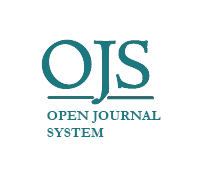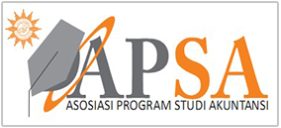DO EARNINGS MANAGEMENT ABLE TO REDUCE STICKINESS COST LEVELS?
DOI:
https://doi.org/10.22219/jrak.v8i2.32Abstract
The purpose of this research is to determine the occurence of stickiness cost in SG&A (Selling, General and Administration) cost and to see whether the stickiness cost degree can be derive through earning management. Multiple linear regression using regression model from Anderson et al. and Farzaneh et al. are carried out to analyze the data. The results of this research show that SG&A cost is sticky, because it increased by 0.908% at 1% increase in sales but decreased by 0.016% at 1% decrease in sales. It happens because the manager retain the unutilized resources when facing a decline in sales. Furthemore, the results of this research find that earning management can derive the degree of stickiness cost, even cause anti-sticky in SG&A cost. It happens because the manager who has an incentive to avoid reporting loses and earning decreases, try to reduce cost when sales decline by earning management.Downloads
Download data is not yet available.
Downloads
Published
2018-10-22
Issue
Section
Articles
License

Jurnal Reviu Akuntansi dan Keuangan is licensed under a Creative Commons Attribution-NonCommercial-ShareAlike 4.0 International License.
Authors who publish with this journal agree to the following terms:
- Authors retain copyright and grant the journal right of first publication with the work simultaneously licensed under a Creative Commons Attribution-NonCommercial-ShareAlike 4.0 International License that allows others to share the work with an acknowledgement of the work's authorship and initial publication in this journal.
- Authors are able to enter into separate, additional contractual arrangements for the non-exclusive distribution of the journal's published version of the work (e.g., post it to an institutional repository or publish it in a book), with an acknowledgement of its initial publication in this journal.
- Authors are permitted and encouraged to post their work online (e.g., in institutional repositories or on their website) prior to and during the submission process, as it can lead to productive exchanges, as well as earlier and greater citation of published work (See The Effect of Open Access).










